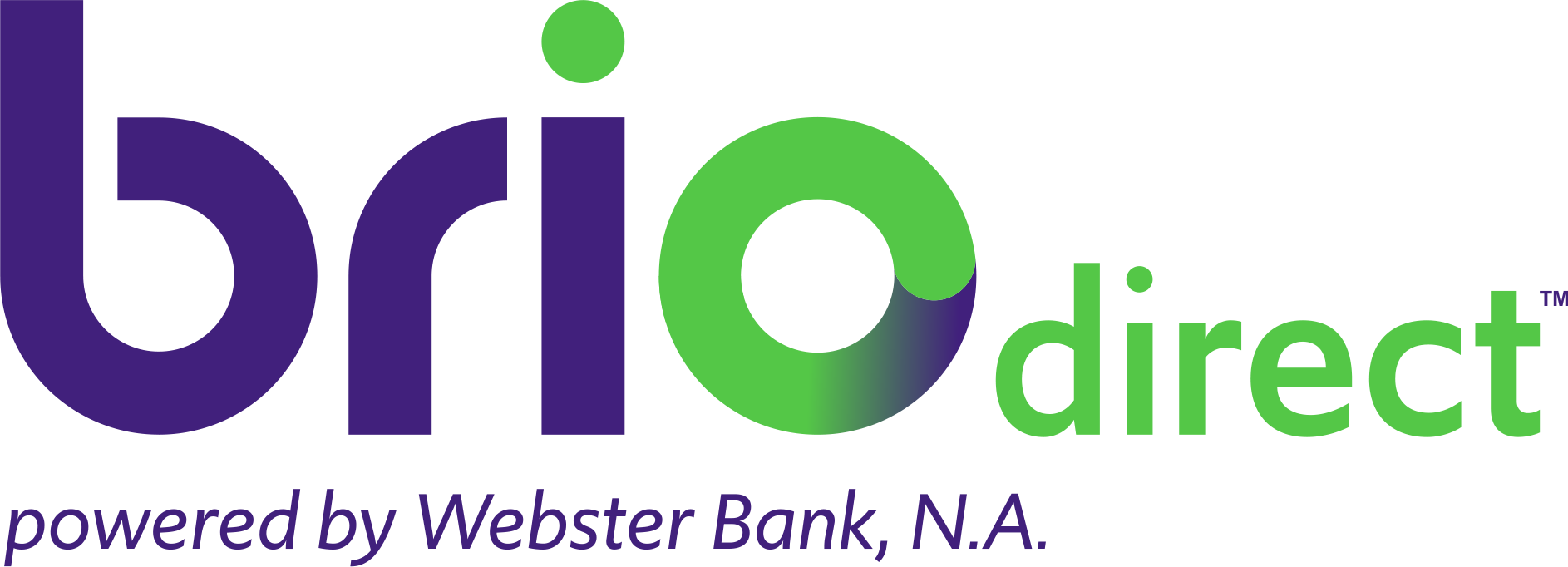
This article was updated on: June 6, 2024
Published on: October 26, 2022
By: Webster Bank
Smart Ways to Celebrate Financial Planning Month
October is Financial Planning Month. While financial planning can include many complex topics, it doesn’t have to be overwhelming. To help you get started, we’re sharing four smart (and easy) ways to celebrate Financial Planning Month to help you save more and live better with greater financial confidence and independence.
Assess your net worth
If you’re not sure where to start with personal financial planning, understanding your net worth is an excellent first step. It will help you fully assess your current financial situation and how much money you actually have.
Here’s how to calculate your net worth in three steps:
1. List the value of all your assets (or everything you own).
This can include cash in checking and savings accounts, investments, retirement plans, and assets like your home or car.
2. List the value of all your debts (or everything you owe).
This may include balances on credit cards, medical bills, and lines of credit, as well as car, home, and student loans.
3. Subtract your total debt from your total assets for your net worth.
If your number is positive, you can look for opportunities to improve your savings and plan for future financial goals, like buying a home or retirement.
If your number is negative, don’t panic. You’ve taken the first step in improving your net worth just by calculating it. Now, it’s time to take a closer look at your spending habits to identify where you can make changes and create an action plan. Keep reading for tips to control spending and minimize debt.
Evaluate and pay down debt
With interest rates rising, borrowing money is more expensive, making it more important than ever to get your debt under control. But not all debt is the same. There are two main types of debt:
- Fixed-rate debt, where the interest rate is fixed or unchanging for the life of the loan. This usually includes auto loans, fixed-rate mortgages and personal loans.
- Variable-rate debt, where the interest rate changes with market fluctuations. This usually includes credit card balances and lines of credit.
While it’s always a good idea to pay down debt, it’s wise to pay down variable-rate debt first, especially when rates are rising. Evaluate your debt by sorting it into these two categories. Then, take a closer look at your variable-rate debt and create a plan to pay it down.
Some people start by paying off the debt with the highest interest rate first since this money is the most expensive to borrow. Others start by paying off the smallest balance first, then moving to the next smallest balance until all debts are paid off.
Identify (and improve) spending habits
Facing the reality of your spending patterns month-over-month by reviewing your statements can help you identify opportunities for improvement. You might consider putting the extra money toward paying off debt, savings or other financial goals.
Begin by looking at your monthly statements and categorize your expenses into needs (like housing, utilities, groceries, insurance, and debt payments) and wants (like entertainment, subscriptions, and other discretionary spending). Carefully review the spending in your “wants” category and see where you can cut back: Are you making impulsive online purchases? Do you really need all those streaming services? Can you make coffee at home instead of spending $5-10 at the café every day?
Contribute more to savings
Once you’ve identified and corrected poor spending habits, you may find that you have extra cash in your bank account. Rather than spending that money on discretionary items, it’s best to contribute it to savings. Doing so will help you reach future goals, financial stability, and greater independence.
Here are two primary savings goals everyone should have—and how to save for them:
Retirement
According to the 50/30/20 Budgeting Rule, at least 20% of your income should go toward savings—and financial planners say 10-15% of that savings should go directly toward your retirement savings.
While saving 10-15% of your income for retirement sounds like a lot, it’s achievable, especially if your employer offers a 401(k) program with matching contributions. With most matching programs, your employer will match a percentage of what you give to your 401(k). Find out if your job has an employer match, and be sure to max out your contribution to get the full match and savings benefit.
Emergencies
Unexpected expenses happen. That’s why all solid financial plans include an emergency fund. This dedicated account should be able to cover between 3 to 9 months’ worth of living expenses in case of a medical bill, job loss, car repairs, and other emergencies. While it may sound daunting to accumulate savings at first, you can do so over time and gradually build your emergency fund. Learn more about how to set savings goals and achieve them.
Ready to save more and earn more this Financial Planning Month and beyond? Open a High-Yield Savings account online with BrioDirect – with a great rate and free access to our Mobile Banking App.
Want more smart money tips? Learn how to save on groceries, travel on a budget, and manage money during inflation.
Disclaimer
The opinions and views herein are for informational purposes only and are not intended to provide specific advice or recommendations. Please consult professional advisors with regard to your individual situation.
All deposit products are provided by Webster Bank, N.A. ("Webster Bank"), an insured FDIC institution. BrioDirect is a sub-brand of Webster Bank. Webster Bank operates under the trade name BrioDirect. This trade name is used by, and refers to, Webster Bank, a single FDIC-insured bank.
Accounts that are opened via www.briodirectbanking.com and marketed by BrioDirect are Webster Bank accounts. Deposits in these accounts are made with Webster Bank. For purposes of determining how much FDIC insurance is applicable to your accounts, you need to consider all accounts maintained with Webster Bank, N.A., such as CD, checking, savings, BrioDirect online accounts and cash held in health benefits accounts with HSA Bank.

